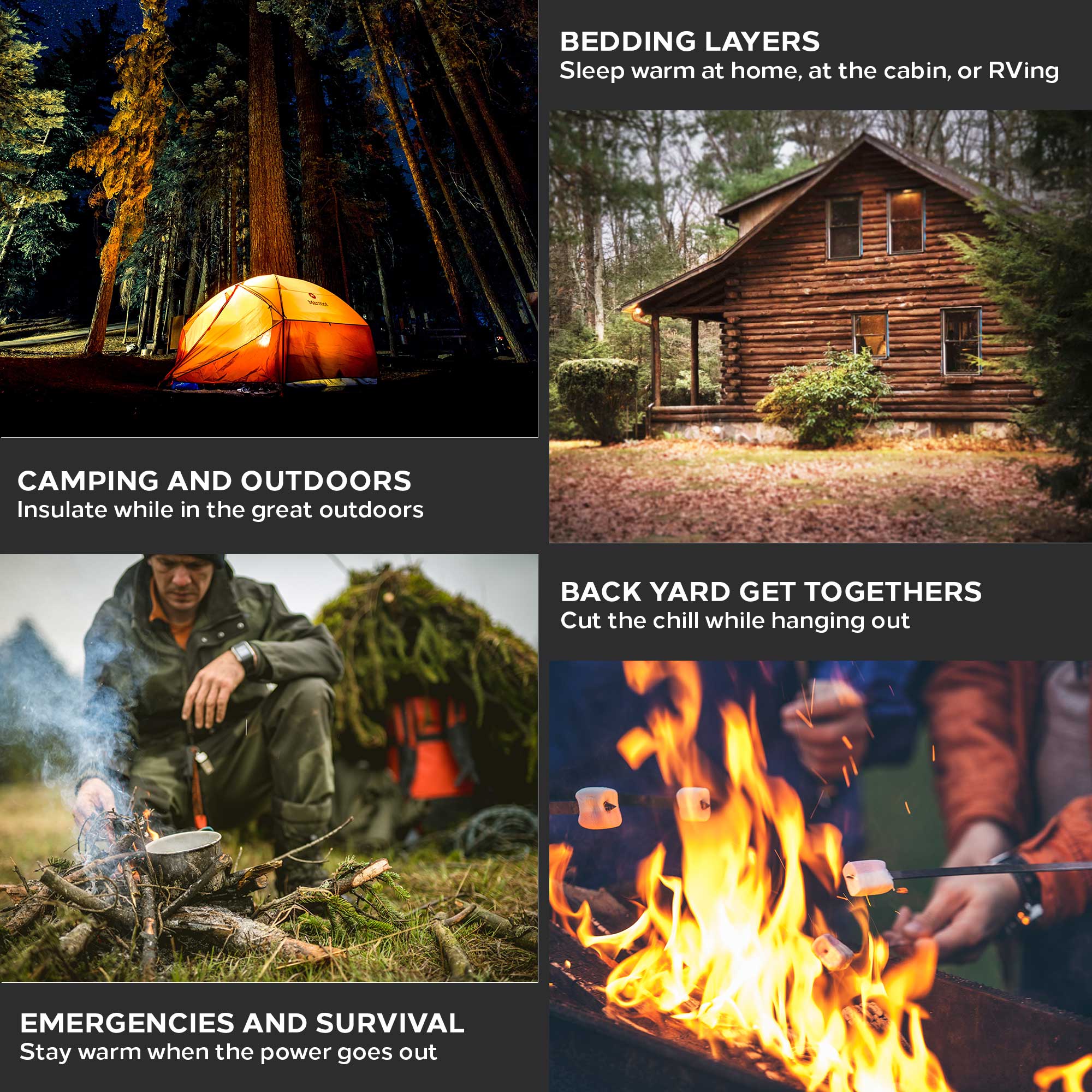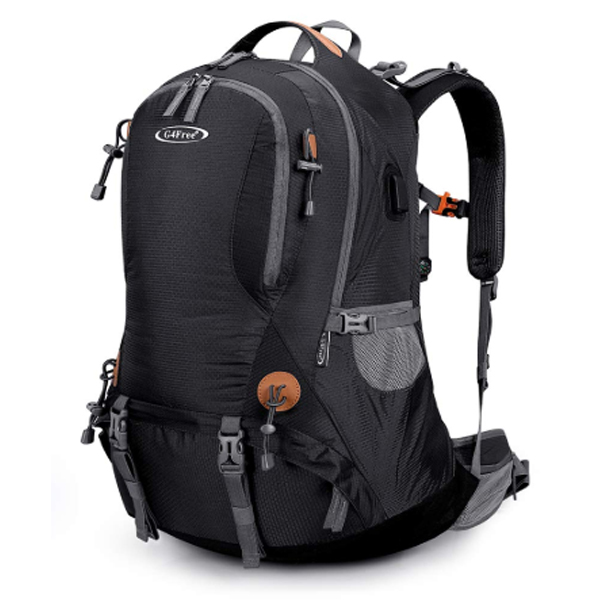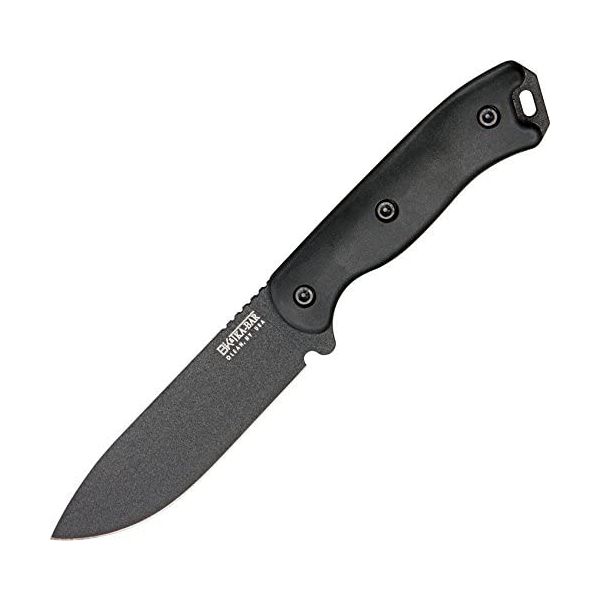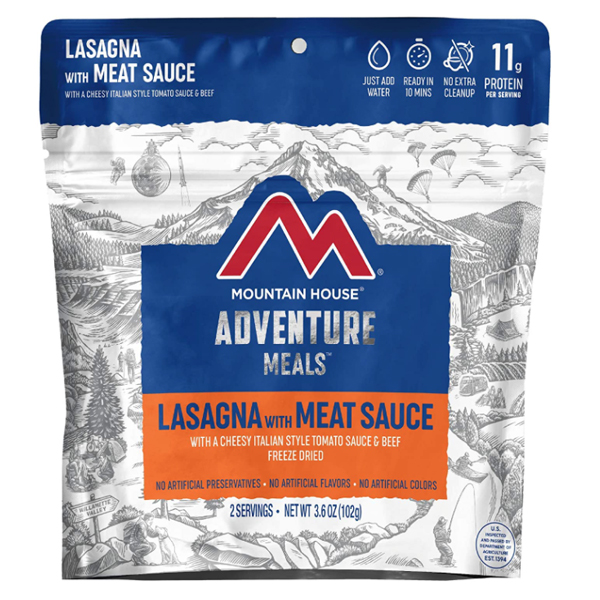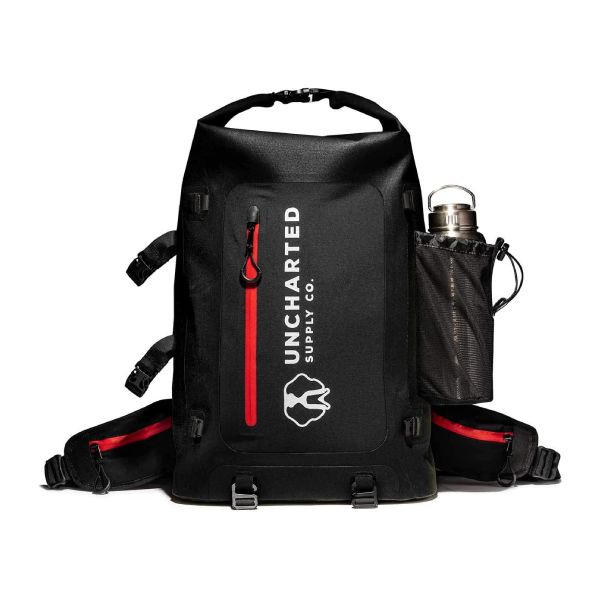Best Wool Blankets for Emergencies and Survival
When it comes to cold weather emergency blankets, wool performs better than any other fabric. Besides being great insulators, they perform well even when wet and they have fire retardant properties. A wool blanket is the best option for thermal protection during an emergency.
A few years ago our area experienced a huge wind storm. Pine trees randomly came crashing down on houses and powerlines and just about anything else. The power was out for days; a couple of weeks for some people. Some residents had wood stoves and could keep their homes warm and cook food. Some had generators. Some families only had blankets and clothing to keep warm. People were bundled up for days. Those who had wool blankets on hand were mobile and best protected.
Having wool blankets handy can be a life saving choice.
Best Survival Wool Blanket
Emergency Wool Blanket - XL
XL, 72x92 in, 5.35 lbs
Queen/King, 1 or 2-person
Warm, comfortable, durable military survival wool blanket for bedding, emergencies, and the outdoors
Buy On AmazonBest Full-Size Wool Blanket
Emergency Wool Blanket - L
L, 64x88 in, 4.5 lbs
Full, 1-person
Full size wool blanket for emergencies and the outdoors
Buy On AmazonBasic Military Blanket
Military Wool Blanket - L
L, 66 x 90 in
Full, 1-person
Generic military wool blanket for emergencies and the outdoors
Buy on AmazonBest Wool Socks
The Top Emergency Wool Blankets
The best wool blankets are warm, comfortable, durable, fire resistent, and the right size to cover the full body. The best emergency wool blankets are also light enough to be portable or stow in a vehicle or pack.
We prefer an extra large, queen-size, 2-person emergency wool blanket made from 80% wool. A blanket with these qualities provides warmth and protection in the most emergency situations as well as providing bedding in common day to day uses. Read more below to learn about wool blankets and our qualifications for best wool blanket.
The Best Survival Wool Blankets
The best wool blankets make use of the natural properties of wool fibers. They efficiently trap heat even when wet. Wool blankets are affordable and easy to buy - it's just a matter of being aware and making the purchase.
The top wool blankets tend to feature these attributes:
- Great insulation - wool fibers trap heat when the fabric is woven correctly. The insulative properties are natural. The wool keeps a person warm under many circumstances.
- Natural - most wool blankets have a large percentage of natural wool woven together with other natural fibers or synthetics to help them keep their form and resist shrinkage or deformation. Blankets commonly have a 70%/30% or 80%/20% ratio with wool being the larger percentage.
- Full coverage - wool blankets work best when they are large enough to cover your entire body.
- Fire retardant - wool blankets are naturally great fire retardants. They offer some protection when escaping a house fire, etc.
- Comfortable - some wool blankets are very scratchy or irritating. The best blankets are woven and washed for comfort.
- Shrink resistent - historically, wool would shrink during the first few washings. Modern blankets resist shrinking and deformation.
- Durable - wool fabric holds up very well. It is abrasion resistent, rip resistent, and puncture resistent.
- Hypoallergenic - most wool blankets are anti-allgery. They can work for everyone in the family.
- Breathable - wool wicks away moisture and allows it to dry to the ambient air.
- Odor resistent - wool resists odors even when aged.
What to Consider for an Emergency Wool Blanket
- Blanket type - are you looking for a standard military "throw blanket"? They are the most common type. Some are thin and some are used as bed spreads. Consider a type that is portable for emergencies.
- Price - wool blanket pricing is well established. You tend to get what you pay for. High end blankets are pricey. A common military-style blanket tends to be lower priced and fit the mark for emergencies.
- Washing method - some wool blankets are difficult to clean. Be sure your emergency wool blanket can be cleaned with conventional methods.
- Size - be sure an emergency blanket is larger enough to cover your completely yet not so big it's too heavy to carry with you. If you need to evacuate your home, you may want to take the blanket with you.
- Weight - wool blankets have various weights, usually tied to thickness and material composition. Make sure your emergency blankets are transportable.
- Color and Pattern - some blankets are plain, common colors. Some have patterns (plaid, striped, etc). Some are bright and visible from a long ways. Consider the reasons you'll own a blanket.
- Material composition - 100% wool blankets may not be your best option. You want great insulative properties while owning a blanket that can be washed easily without deforming, etc. 80/20% is a great option.
Wool Sources
Most wool comes from sheep. However, it's becoming more common to see blankets from alpacas, camels, goats (cashmere and mohair), muskoxen (qiviut), rabbit (angora), etc. Typically, the best prices come from sheep wool. In some cases the geographical area where the animals are raised is important in the branding.
Wool Properties
Wool is different from hair and fur. It is crimped and elastic. When it is spun, the crimped structure allows the fibers to cling and attach. The fibers are more bulky that other fabrics and they hold air. When the air is heated, it doesn't escape easily giving it great thermal properties.
Textile experts have classified wool quality and "fineness" based on the crimp count per inch (centimeter). A fine wool has 100 crimps per inch.
Wool can absorb moisture, up to one third it's own weight. Even so, the reduced air flow allow it to retain its thermal properties.
Wool ignites at a relatively high temperature. The reduced airflow further retards its burning capability. It tends to "char" instead of burn.
While wool is generally hypoallergenic, some people have a natural allergy to the wool itself.
Wool is also biodegradable and renewable. It is all natural and has nearly zero negative impact on the environment.
Emergency and Survival Uses for Wool Blankets
The main use for emergency wool blankets is to keep warm. Their thermal qualities protect against wind and cold. They can insulate against snow or other cold surfaces as well.
- Thermal warmth - keeping warm in an emergency is one of the highest survival priorities. Wool blankets are a quick solution to prevent hypothermia, etc.
- Protection - wool blankets protect people from cold, wind, fire, smoke, and abrasive surfaces.
- Abrasion resistence - wool can be used to prevent friction for furniture transport among other movable objects.
Survival Uses for a Wool Blanket
- Blanket wrap - Simply wrap the blanket around you.
- Simple sleeping bag - Fold the blanket over so you have a layer on the ground and one on top.
- Coat - Some blankets are worn like cloaks. A friend of mine cut up two blankets and turned them into a coat to wear around all the time.
- Poncho - Like the coat style, wool blankets can be fashioned into a poncho.
- Pack - Wrap up your gear and secure it with paracord or a rope to pack it with you.
- Water strainer - You can strain water with a wool blanket. It won't be drinkable but it'll be free of large debris.
- Shelter - Tie off corners of the blanket to a tree or other object to make a lean-to or other shelter.
- Seat cushion - Fold the blanket to sit on and insulate your body.
- Signal - If your blanket is a different color from the surroundings you can flag down help.
- Camouflage - If your blanket matches your surroundings you can hide under it.
- Ties - Strips of a blanket can be used as cordage or ties.
Where to Store Emergency Blankets
Every family should have wool blankets for emergency purposes. Here's how we recommend using them:
- Home - We strongly recommend families store a wool blanket at home for every family household member.
- Cars - Blankets should be stored in trunks, etc. just in case. We have a dufflebag in the garage with all of our emergency blankets. If we need them at home, we know where to find them. If we leave on a trip, we grab the duffle and throw it in the car - super easy.
- Emergency kits - We keep our duffle next to our family emergency kit. If you don't have a duffle, your family emergency kit should have wool blankets included.
Military Wool Blankets Are Best for Emergencies
Any wool blanket can help in an emergency. However, the military often defines the best methods to survive with years of experience and experimenting.
Military-style wool blankets are ideal for survival situations. They are the right weight, size, shape, composition, and color. They are ideal for transport while sustaining ideal thermal qualities. While they may not be the most stylish, they are designed for optimal survival function.
- Weight - The military issues blankets that are easy to carry. They're heavy enough to offer the right thermal properties while not adding too much bulk.
- Size - Military issues blankets that are the right size to cover the person and function as a sleeping bag or shelter. The common dimension is 62" x 80".
- Shape - The shape is generally rectangluar to match the proportions of the military individual.
- Composition - The GI blanket is made from 70% wool and 30% synthetic.
- Color - Military blankets are drab olive green to match many natural surroundings and offer a form of camo.
We recommend storing a blanket with very similar specs. 70/30% or 80/20% with similar weight and dimensions will work great.
Our Top Wool Product Picks
*Top-Rated Products Only
Emergency Wool Blanket - XL
XL, 72x92 in, 5.35 lbs
Queen/King, 1 or 2-person
Warm, comfortable, durable military survival wool blanket for bedding, emergencies, and the outdoors
Buy On AmazonThe Best Emergency Wool Blanket
The best wool blanket is the one you have access to during an emergency. Whether you use them for your common bedding or have them stored with your emergency gear, being able to use one during an event is crutial.
Power outages, camping outings, or road trips tend to be the most common times people need the thermal qualities of a good blanket. Be sure you have enough on hand for each household member and make sure they are clean and well kept.
There are a number of options for great wool blankets. When classifying "The Best Emergency Wool Blanket" we considered some additional factors after years of experience with emergencies and time in the outdoors.
Requirements:
- 80% wool - for great insulation yet minimal shrinkage.
- 2-person - it's very common in an emergency situation to need to cover 2 people (mother/child, spouses, etc).
- Queen size - an extra large blanket that fits a queen size bed can work on a huge majority of beds.
- Survival size - it must be large enough for 1 person to double up the blanket for cold survival situations.
- Durable - must be made from milled wool. Must also have a strong hem to protect against fraying.
Top Pick: Wool Blanket | XL
Emergency Wool Blanket - XL
XL, 72x92 in, 5.35 lbs
Queen/King, 1 or 2-person
Warm, comfortable, durable military survival wool blanket for bedding, emergencies, and the outdoors
Buy On AmazonTop Pick: Wool Blanket | L
Emergency Wool Blanket - L
L, 64x88 in, 4.5 lbs
Full, 1-person
Full size wool blanket for emergencies and the outdoors
Buy On AmazonCommon Wool Blanket | L
Military Wool Blanket - L
L, 66 x 90 in
Full, 1-person
Generic military wool blanket for emergencies and the outdoors
Buy on AmazonTop Pick: Wool Socks
Recommended Next Topic
1This post may contain affiliate links. If you make a purchase, I may earn a small commission at no additional cost to you.
2 As an Amazon Associate we earn from qualifying purchases.
3 Most reviews are based on personal experience from one of our content editors. Some are based on research and the opinions of other reviewers.






